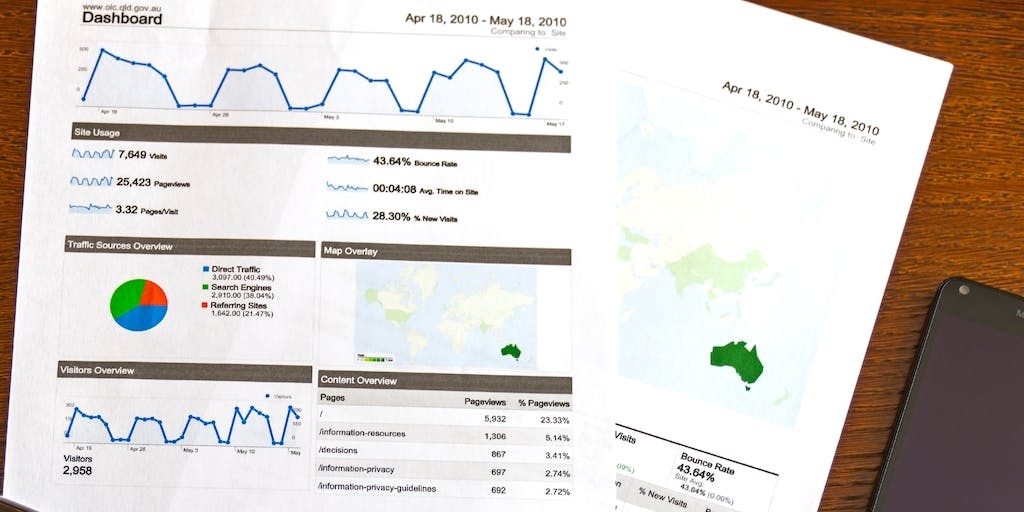The Cash Conversion Ratio, also known as the Cash Conversion Rate, is a crucial financial metric that provides insights into a company’s liquidity and cash management capabilities. In this blog post, we’ll delve into its calculation, significance, and how it impacts businesses of different sizes.
Understanding the Cash Conversion Ratio
This Cash Conversion Ratio is derived by dividing the Operating Cash Flow from the Cash Flow Statement by the Earnings Before Interest, Taxes, Depreciation, and Amortization (EBITDA) from the Income Statement. Sometimes referred to as the Cash Conversion Rate, it serves as a barometer for a company’s efficiency in managing cash and expenses.

In today’s rapidly changing business landscape, adaptability is paramount. Companies must recognize that the ideal Cash Conversion Ratio may vary based on industry dynamics, economic conditions, and business life stages. Embracing flexibility in financial strategies enables organizations to respond promptly to market shifts. It’s essential to periodically reassess your cash management approach, adjusting it to align with the evolving needs of your business and industry trends. This proactive stance ensures that your Cash Conversion Ratio remains an agile and reliable indicator, reflecting your ability to navigate uncertainties and capitalize on emerging opportunities. Remember, a flexible financial strategy not only optimizes the ratio but also positions your business for long-term resilience in the face of dynamic market forces.
Example: Tesla 2023 Q3 Financial Statements
Significance of the Ratio
A Cash Conversion Ratio above one is generally favorable, indicating that a company efficiently converts its earnings into cash. Conversely, a ratio below zero signals potential financial trouble. Large, established companies typically boast higher ratios, while startups may start with zero or negative ratios as they invest cash in growth initiatives.
Considerations for Businesses
While a healthy ratio is desirable, an excessively large ratio may suggest missed growth opportunities. Striking the right balance is crucial for sustainable financial health. In Leveraged Buy Out (LBO) scenarios, Free Cash Flow is used instead of Operating Cash Flow for ratio computation.

The Cash Conversion Ratio serves as a valuable tool for assessing a company’s financial health and strategic decision-making. Understanding the nuances of this metric can empower businesses to optimize their cash flow, strike the right balance between growth and liquidity, and ultimately thrive in the dynamic business landscape.





